Last week was tough. Nearly everything publicly traded took a hit. In this article I drill down into the market to take account of where the damage was the worst, and maybe identify a few bargains along the way.
I'll begin with stocks, because that allows me to show the only "green" chart in the lot. After we look at the ten best performing stocks from last week, it's all red ink.
Stocks
The big winner was BEEN, an energy consulting company based in Seattle. AMC made the list, thanks to the folks at WallStreetBets and Reddit.
RUN (Sunrun Inc.) is a solar energy company. Analysts hate it, and their fundamentals are terrible. But they're in the right industry at the right time.
SAGE looks interesting. Heavy insider buying and the shares traded marginally higher on Thursday and Friday. Above average fundamentals but horrible technicals. This one goes on my watchlist.
LOVE gets high marks for quality and growth stability. I like this name but I would hold off purchasing until it finds some support.
If you have a bullish outlook on gold, KGC might be a good way to play it. Dirt cheap and financially solid.
CLF is too expensive even after a 17% drop. JPMorgan likes it, though, and just put a $39 price target on it.
Indices
Not much to say about the major indices. They flipped the script from their YTD ranking, with NASDAQ the winner and mid caps bearing the brunt.
Sectors
Here again we see that tech avoided last week's drubbing, while materials took a beating. Financials seemed to follow the 10 yr T-Bond rate drop. Energy had been the leader YTD, up by 43%. It was due for a rest.
Factors
High Beta was winning the factor race YTD, so it was also due for a pullback. Value was looking strong vs. growth until last week. I think it has more room to run once this pullback runs its course.
Quality managed to escape most of the damage, perhaps because growth is an important part of the quality algorithm.
Asset Classes
Commodities
Drilling down into the commodity space we see palladium taking a major hit after being essentially flat YTD.
Natural Gas had been up by 70% YTD, so the giveback there is understandable. But the small uptick in crude oil was a surprise to me.
Foreign Markets
The rest of the world shared in the pain last week. Russia had been the top dog YTD, up by 19%. Africa gave back much of its 6% YTD gain.
Final Thoughts
Who doesn't like a good bargain? When we see something we like and it happens to be on sale, the temptation can be irresistible. But buying stocks isn't like buying shoes. There are usually two prices for shoes - the regular price and the sale price. And we know when the sale will end.
Stocks can go on sale, as they did last week, and then they can go on sale again. And again. You can go from a genius to a sucker in short order if you jump too soon when hunting for stock bargains. A well-crafted watchlist can help you avoid becoming a sucker.
When a stock on my list reaches my buy price, I want to know why. Has something changed that could make it less attractive at my buy price? Or is it just the normal ebb and flow of the market at work? And if it's just the market at work, has something fundamentally changed in the market?
Even after last week's drop, we're still just 2% off of the old high. There are dip buyers everywhere, but who knows when they will step in and start buying? We could go down another 3% and still be in a "normal pullback." Where I begin to worry is when the market drops by more than 5%, then rallies but fails to make a new high, and then falls below that recent low.
To me, that indicates that the dip buyers are being challenged by the rally sellers who have more money, better technology, better information, and more time to spend thinking about their decisions. The dip buyers have a large cohort of retail investors who can push the price of individual stocks higher but have a harder time pushing the entire market higher.
The dip buyers are in control for now, and will probably remain so until the FED stops supporting asset prices. That day could be a long way off.

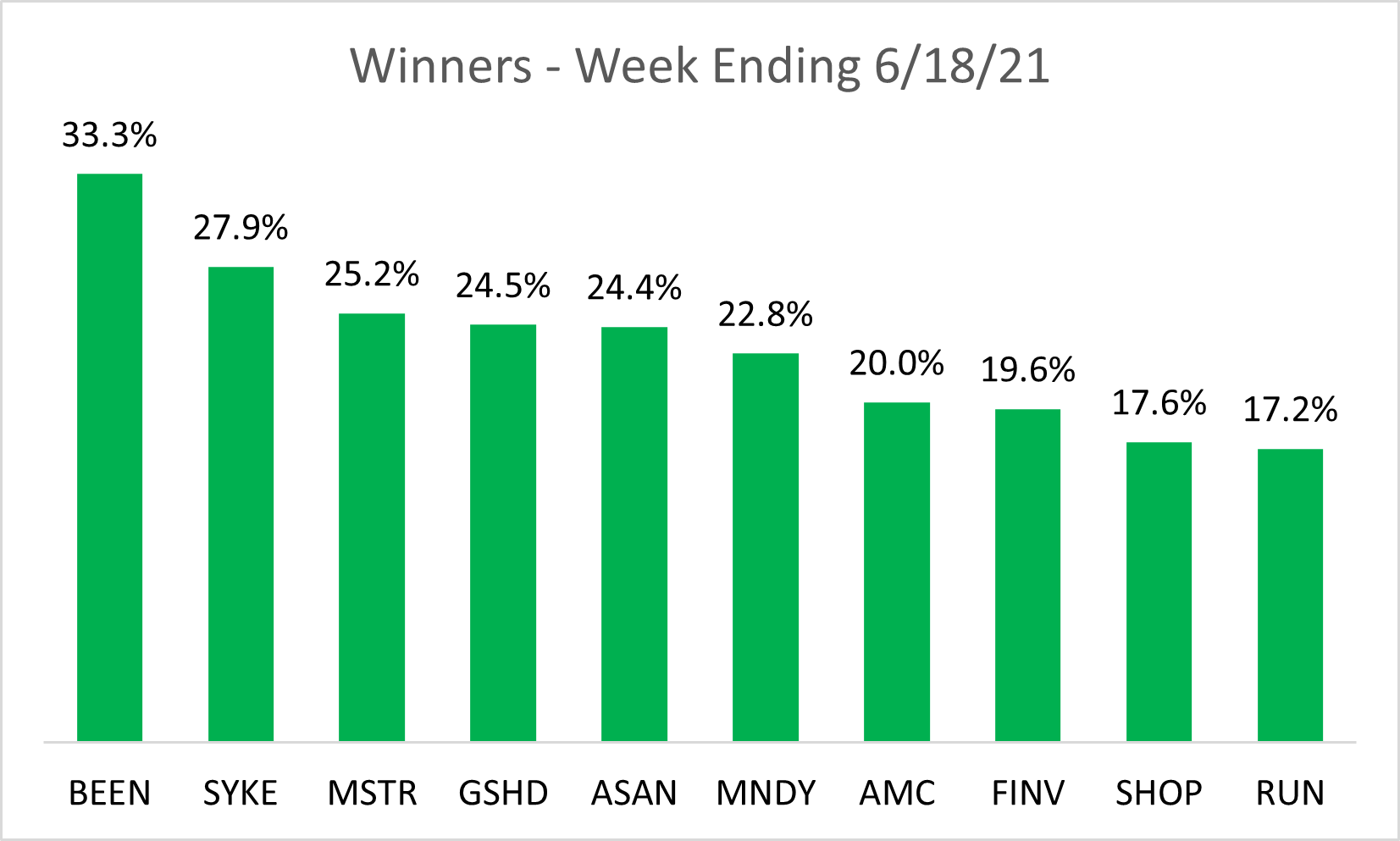
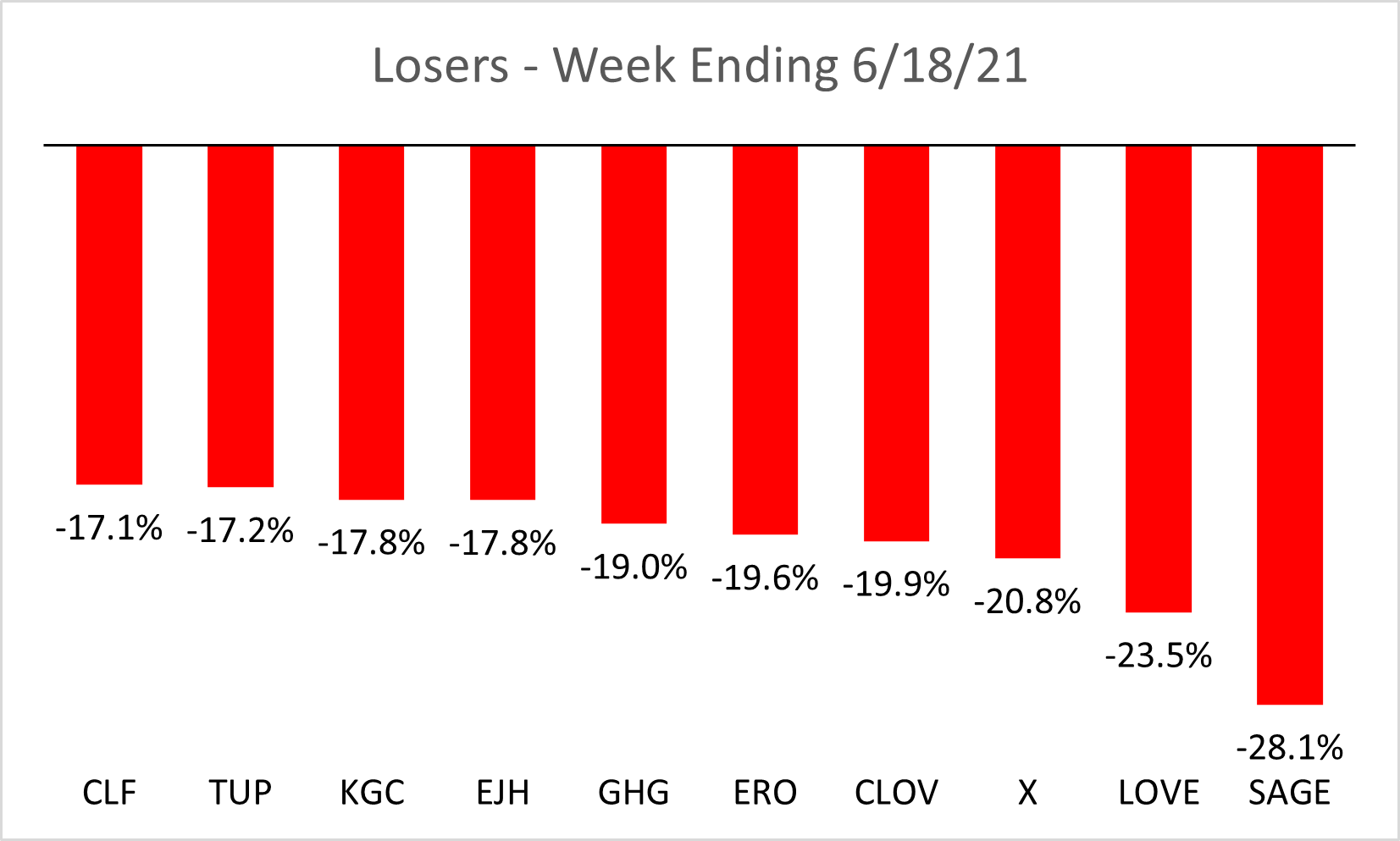
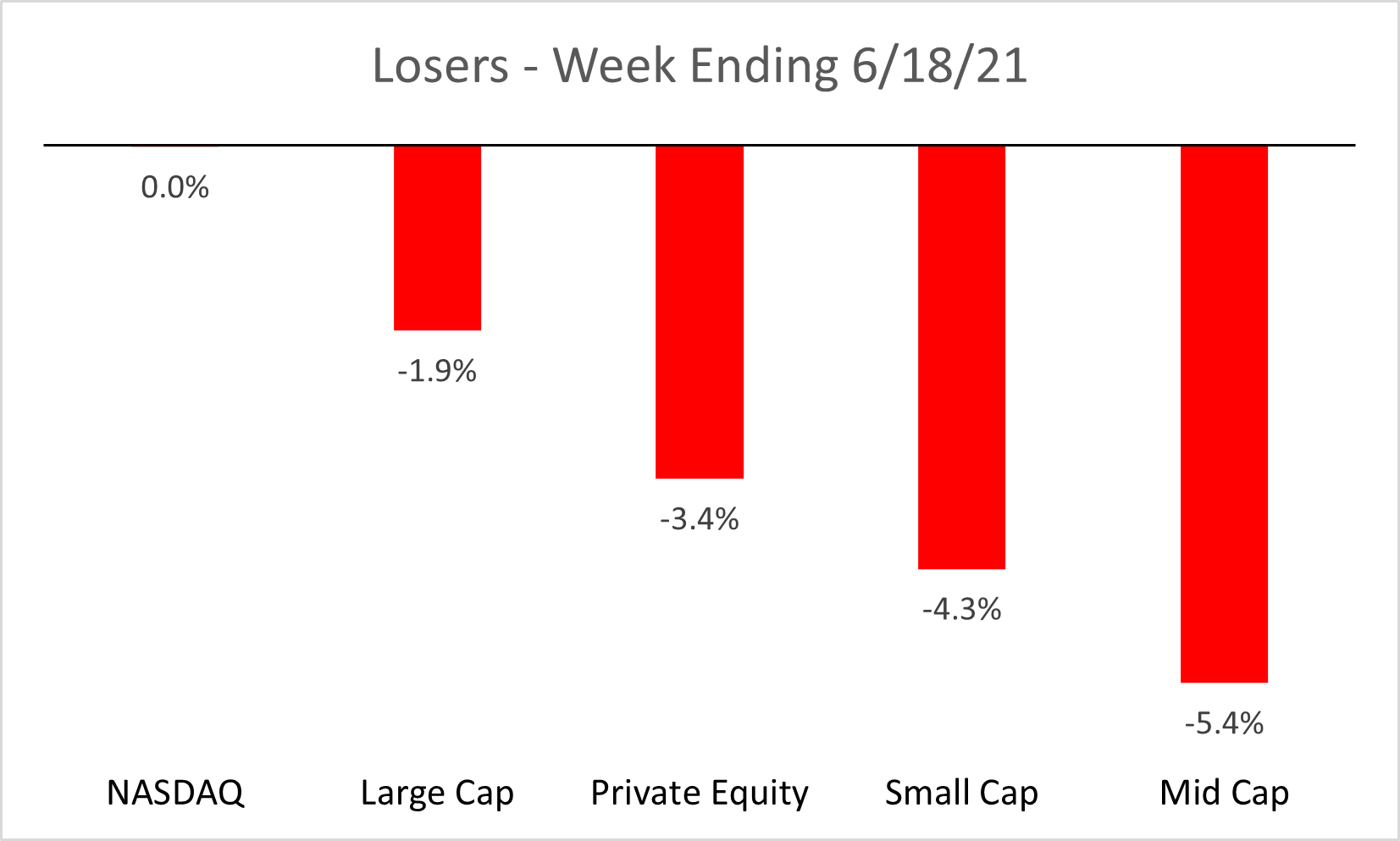

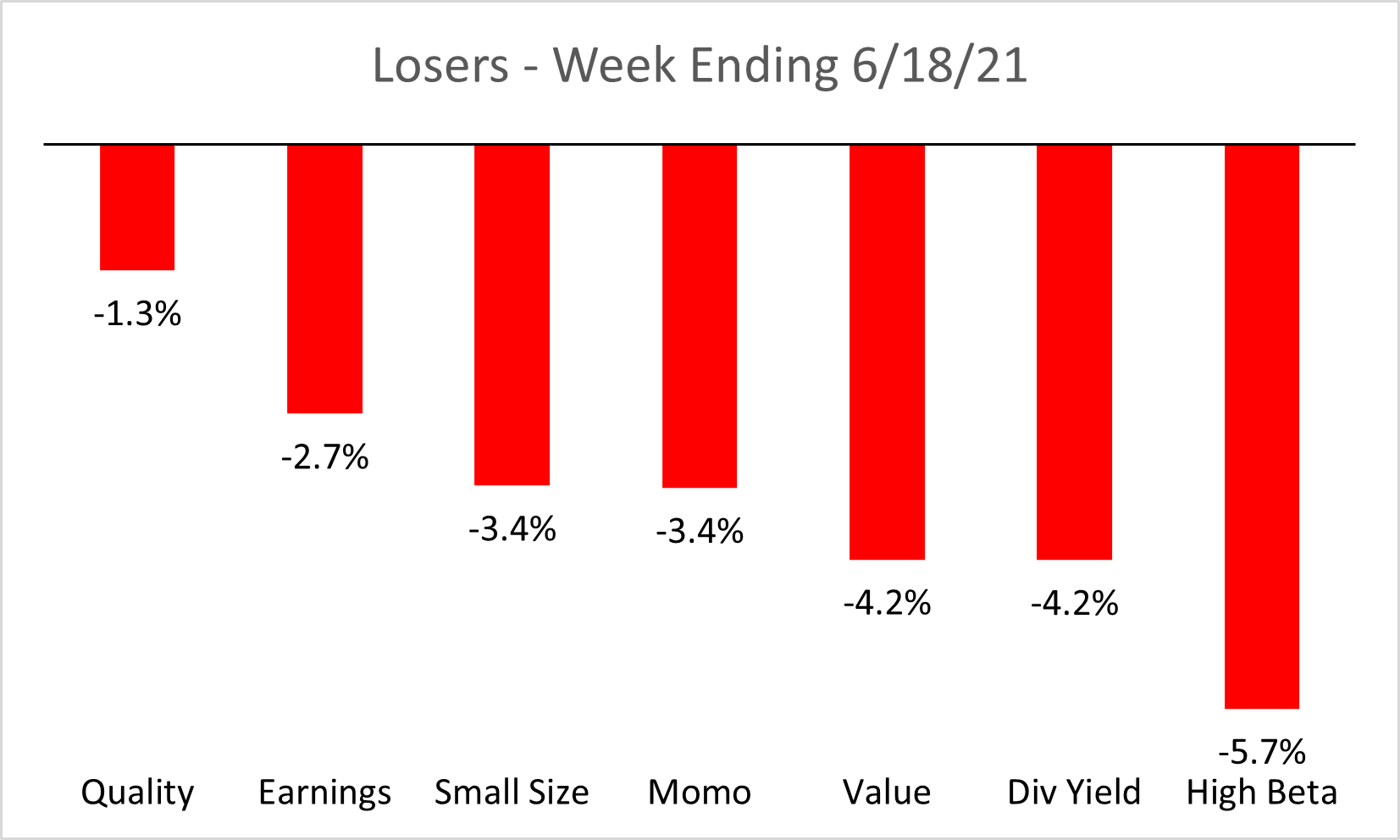
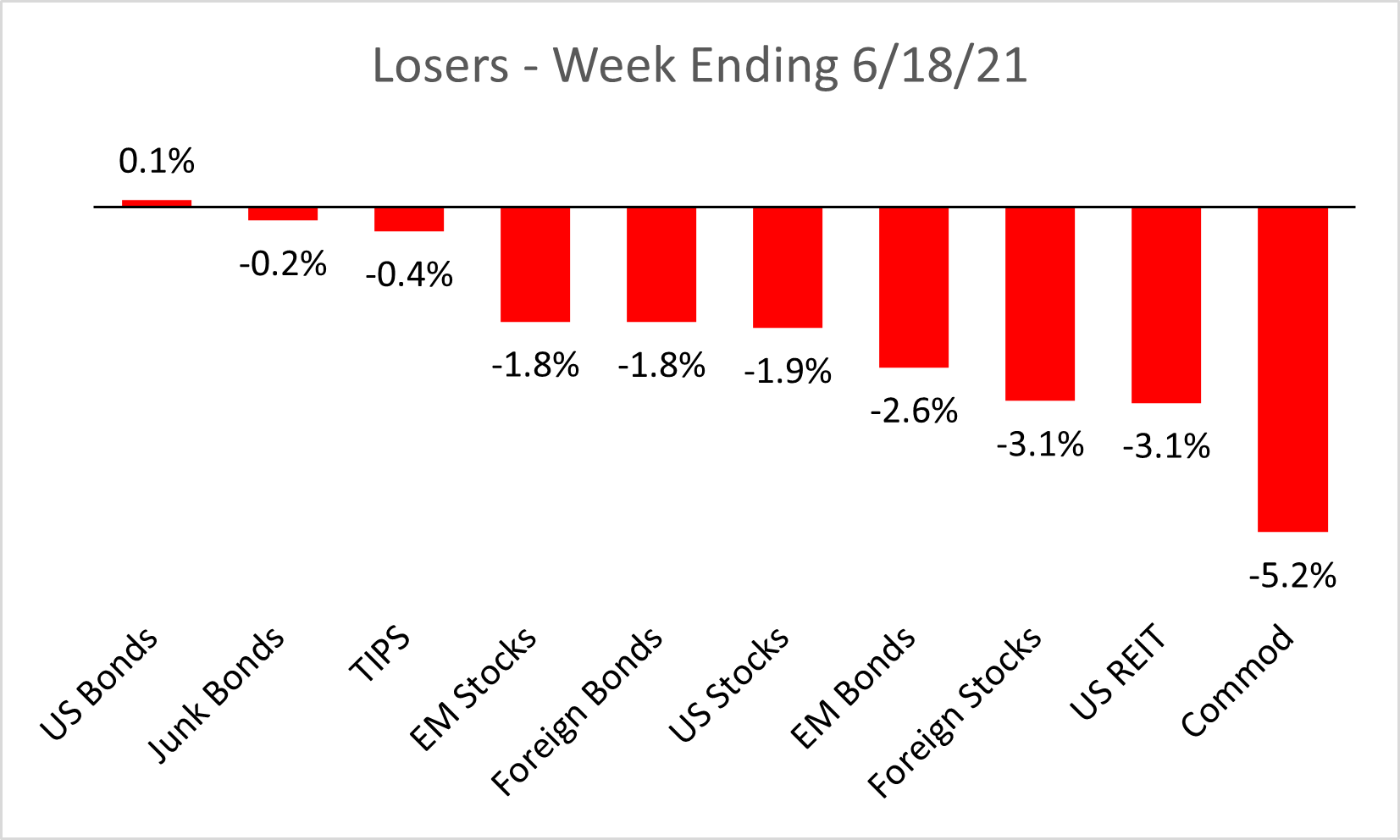
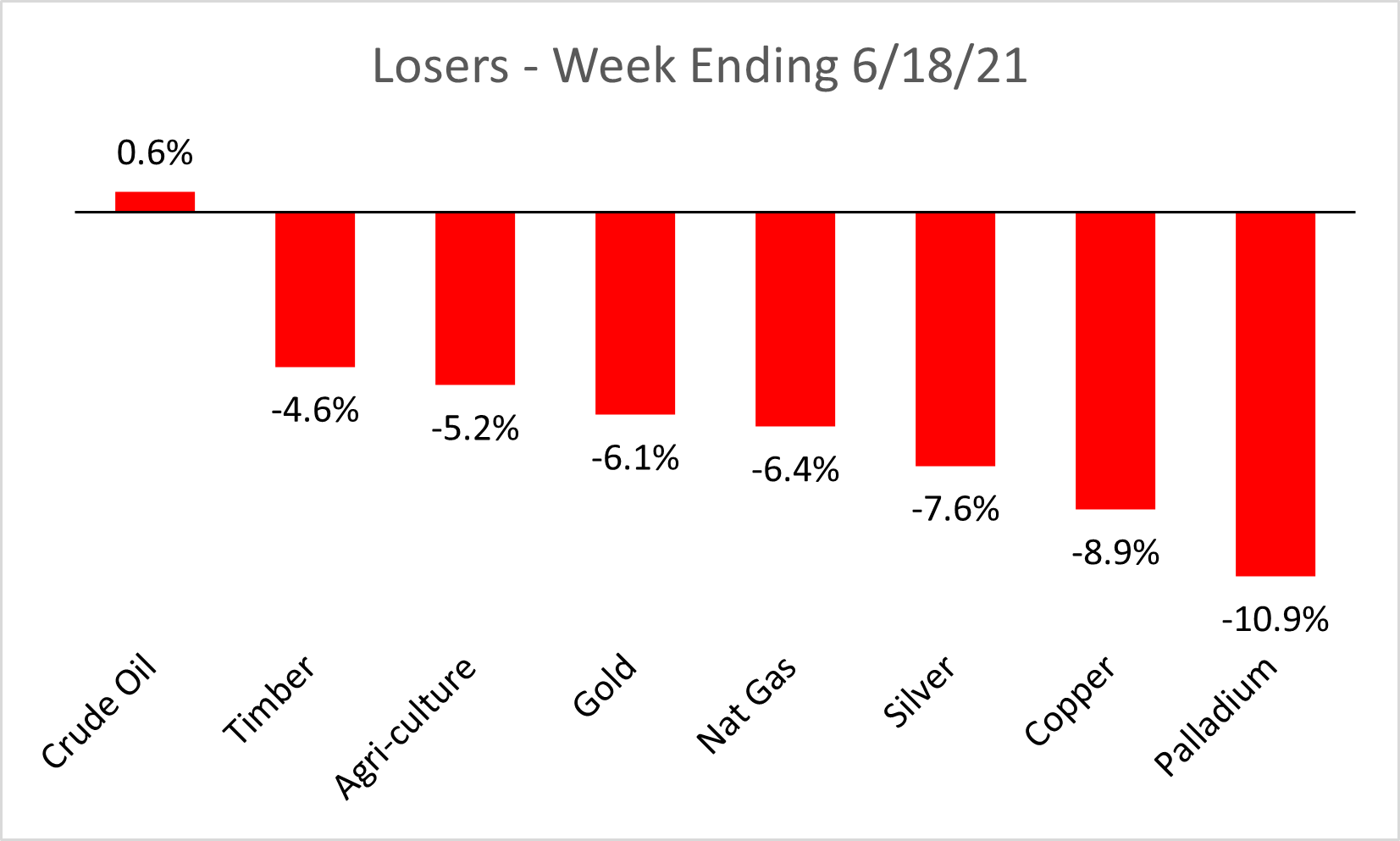
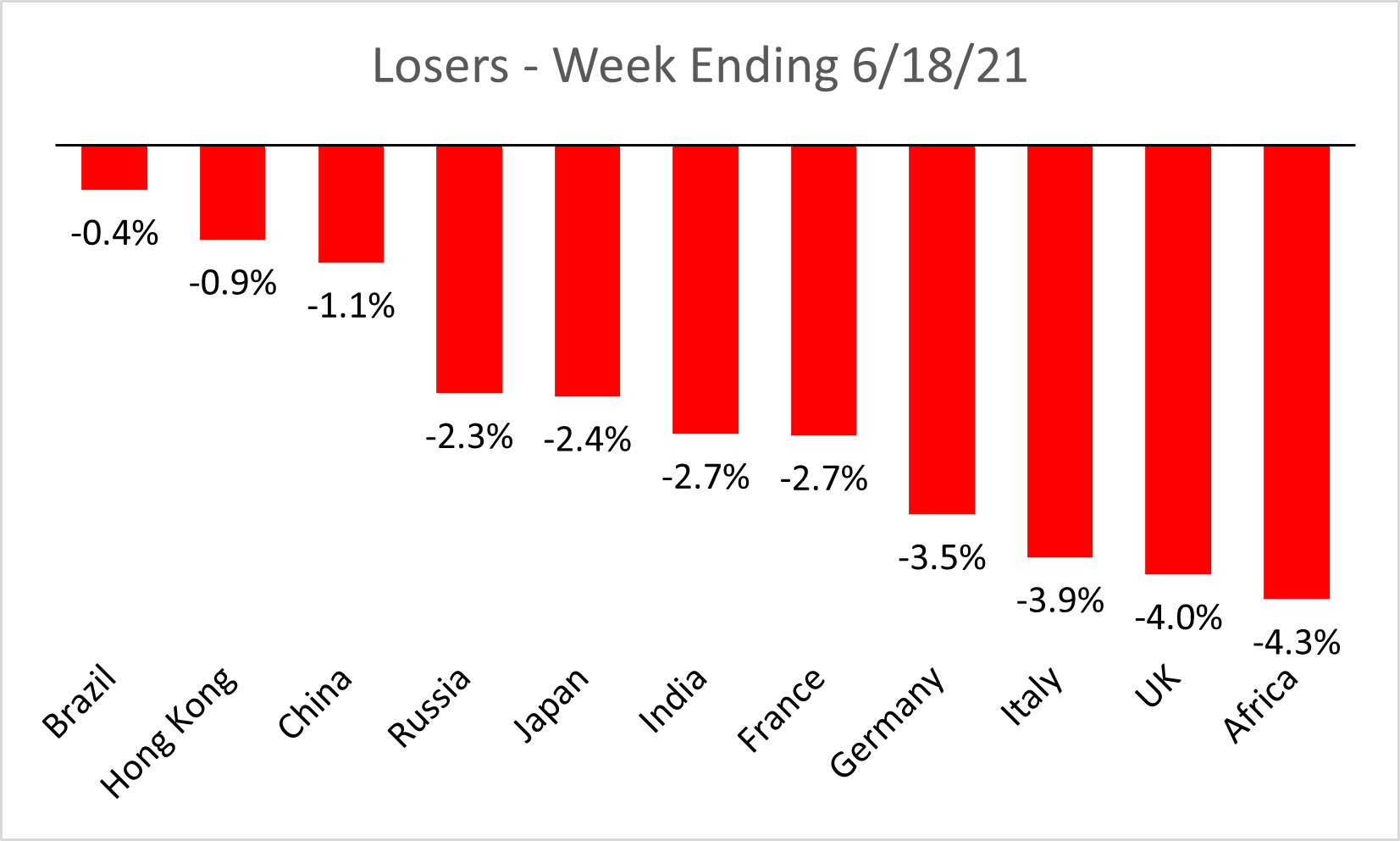
Fed made a big change in policy. In last 10 years , when fed makes changes, market goes down from 7% to 18%. Will see if I am wrong. I use my own algos for the market. It does not show any good news for investors. Next year will be a big challenge for everybody.